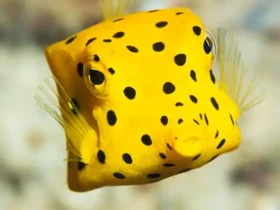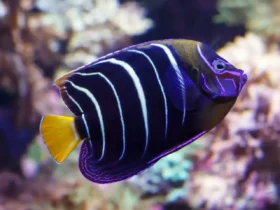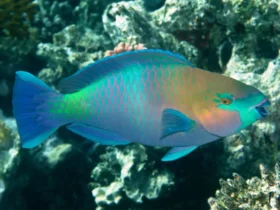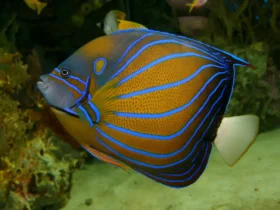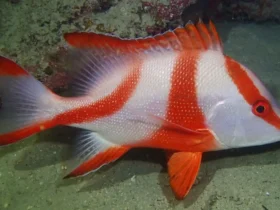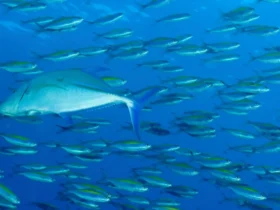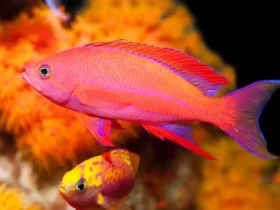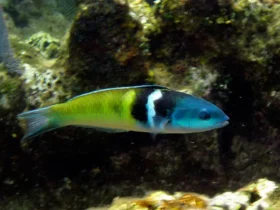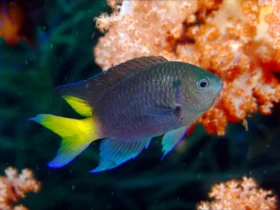Beneath the crystal-clear waters of tropical coral reefs, a stunning and graceful fish catches the eye with its vibrant colors and elegant movements. Meet the Copperband Butterflyfish (Chelmon rostratus), a beloved species renowned for its striking appearance and peaceful demeanor. In this article, we will dive into the fascinating world of the Copperband Butterflyfish, exploring its unique characteristics, habitat, feeding habits, and the importance of conservation efforts to protect its fragile ecosystem.
Copperband Butterflyfish images

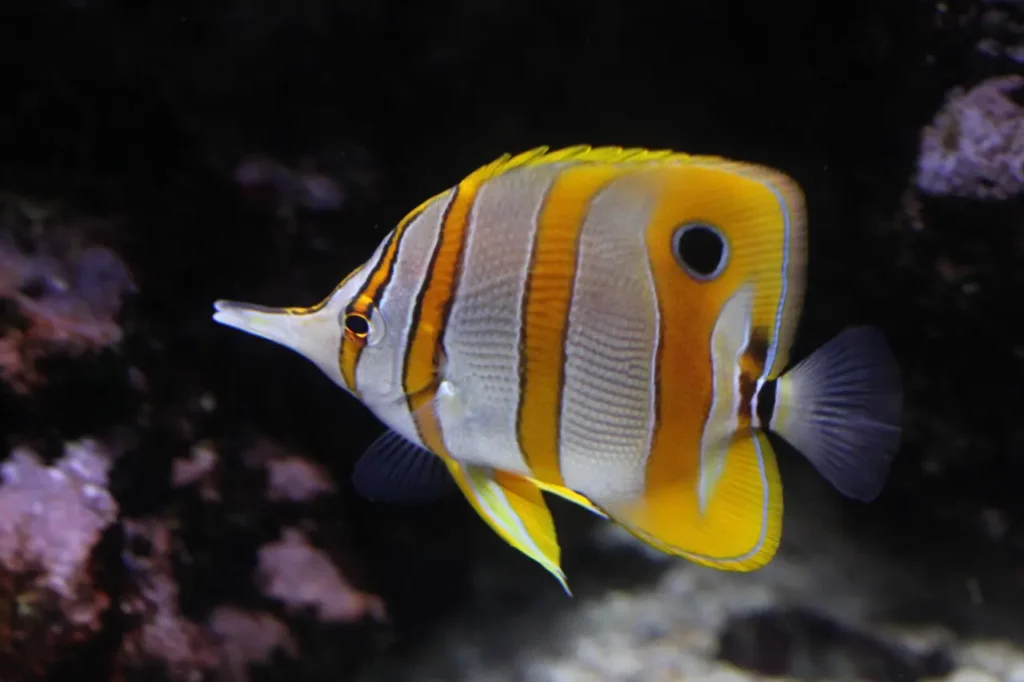
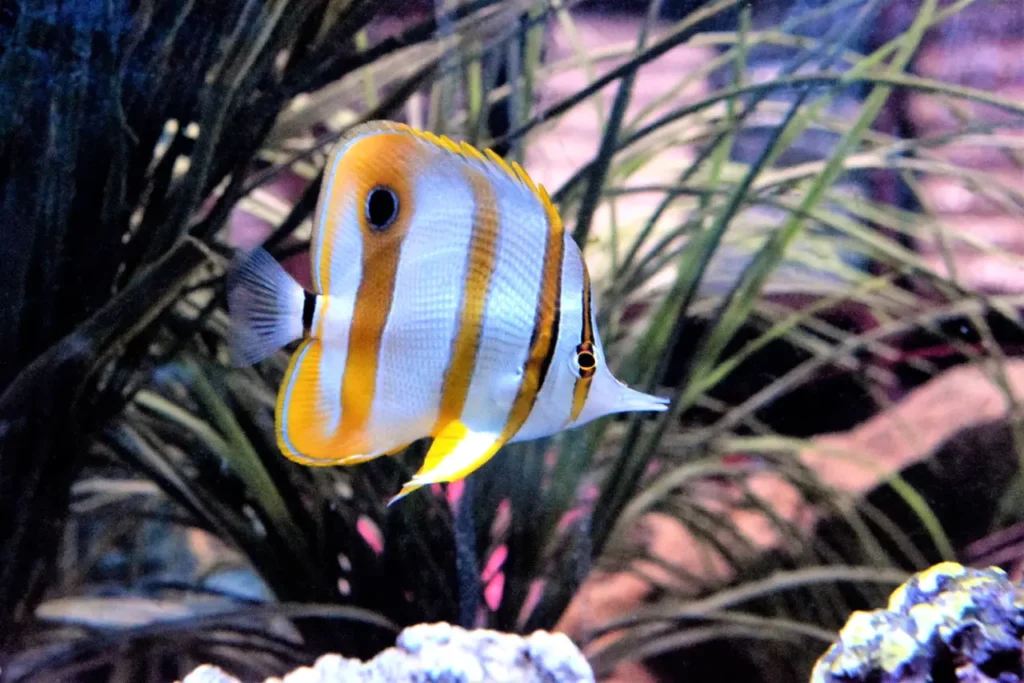
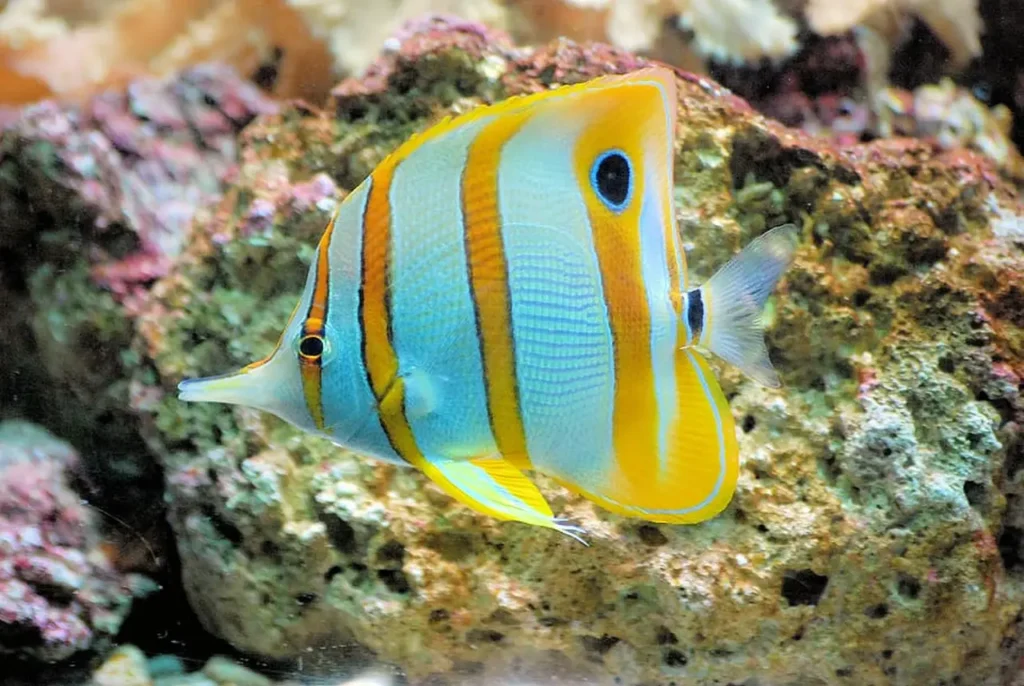
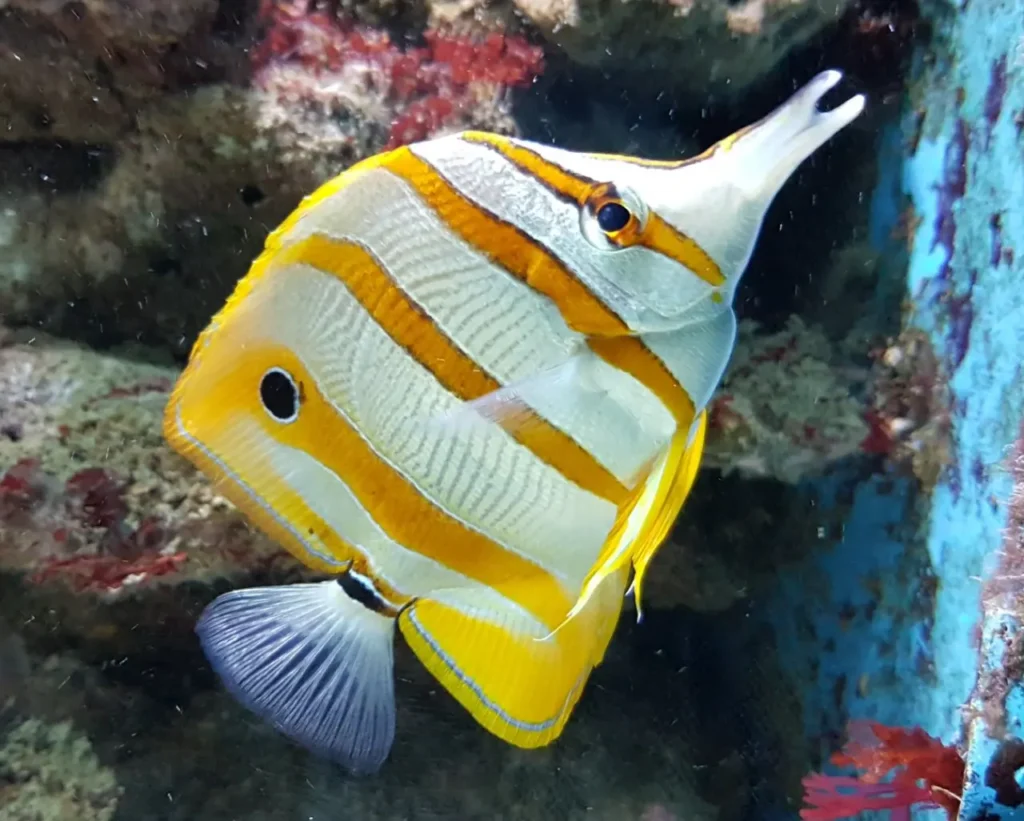
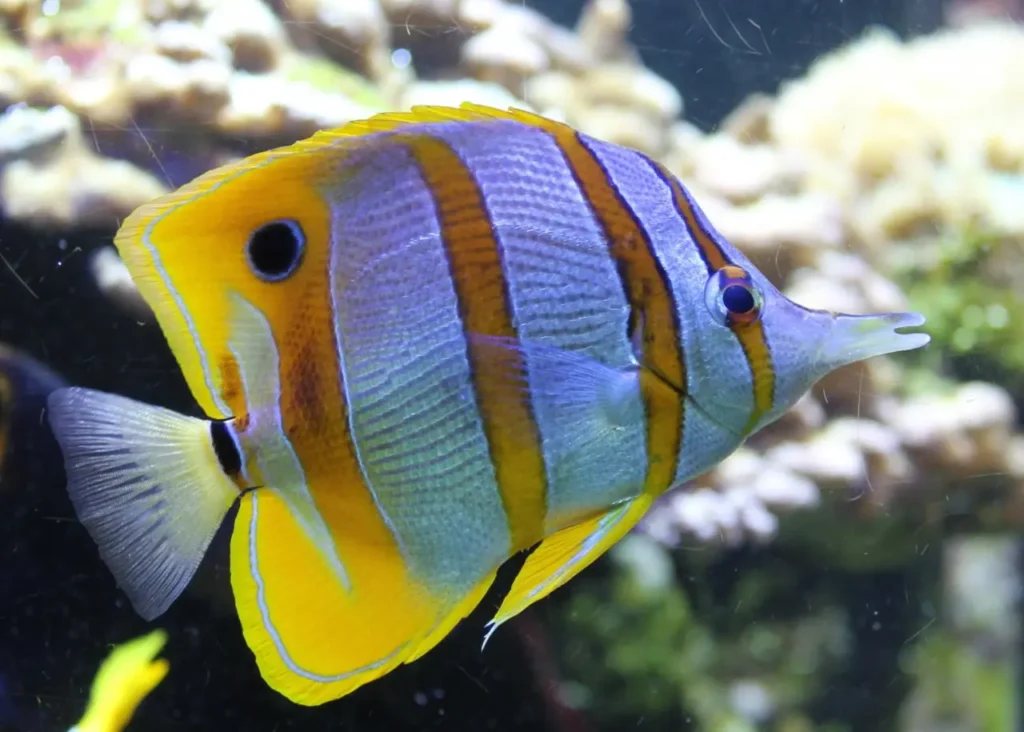

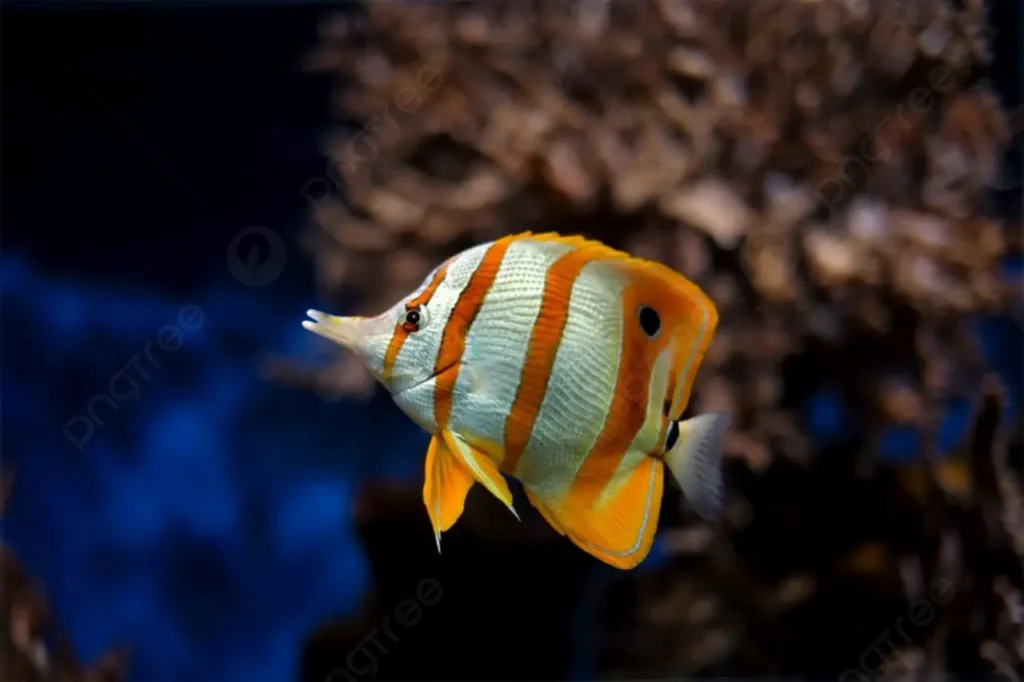
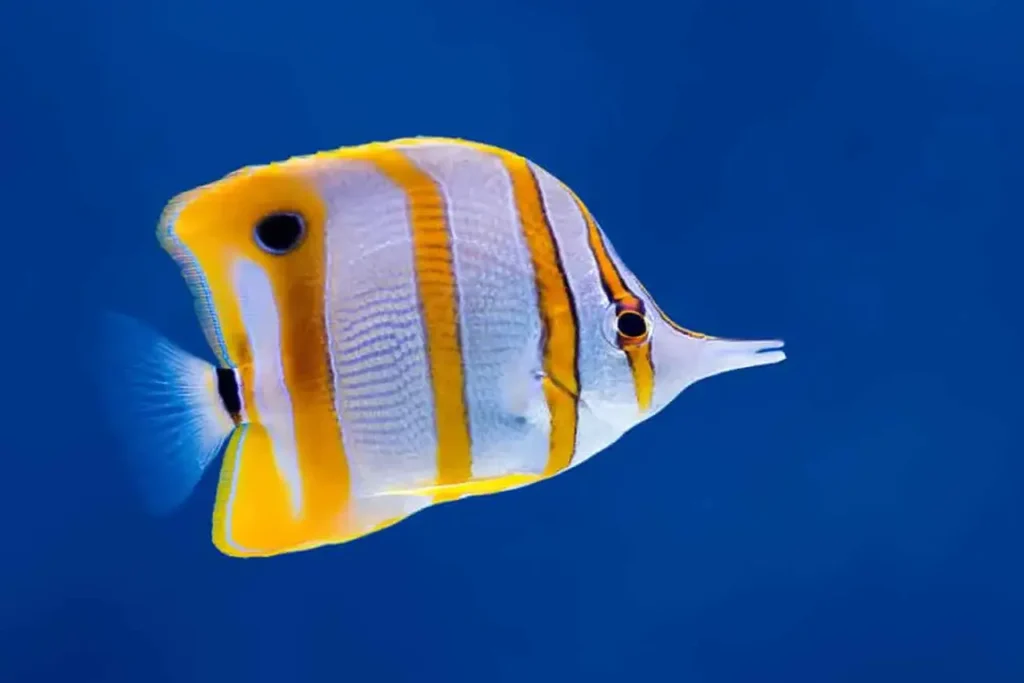
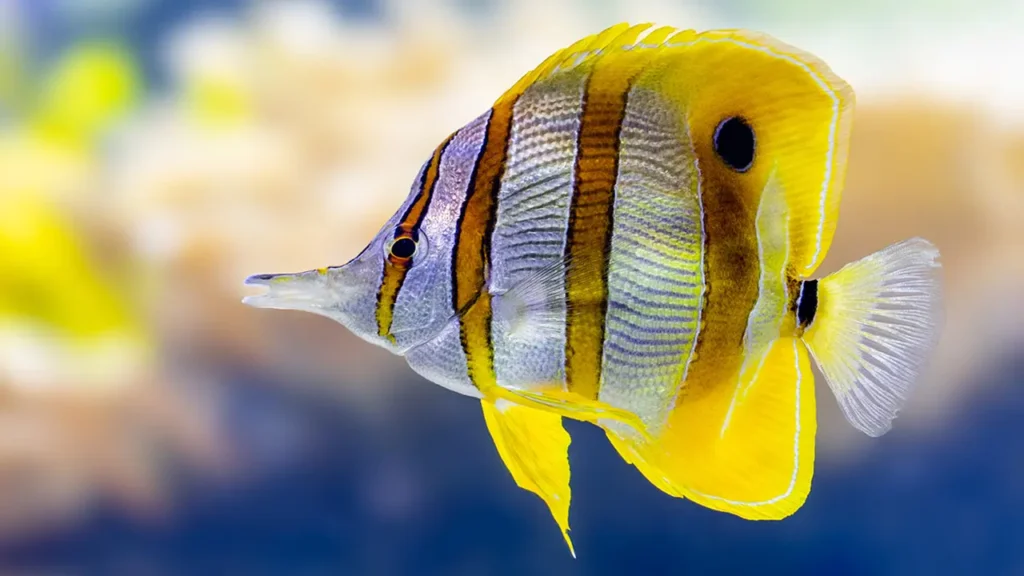
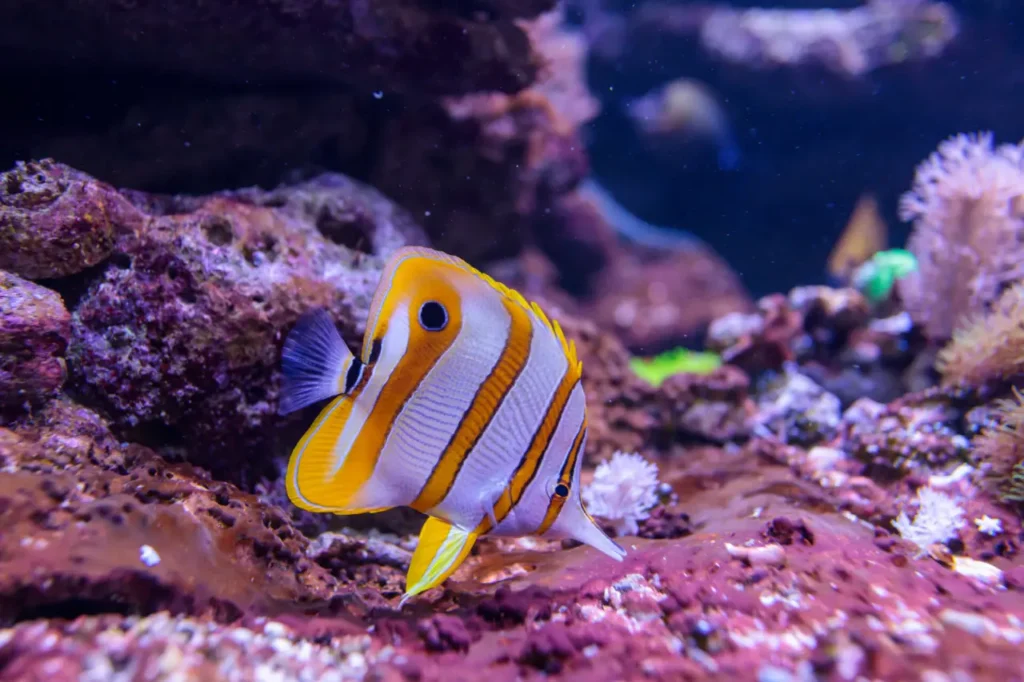
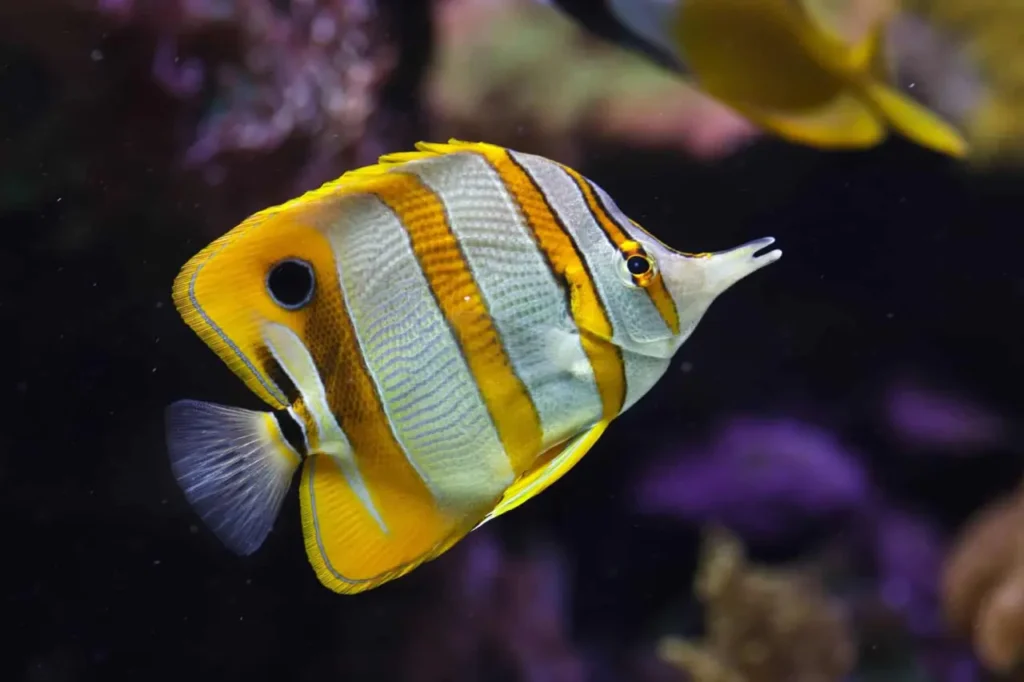
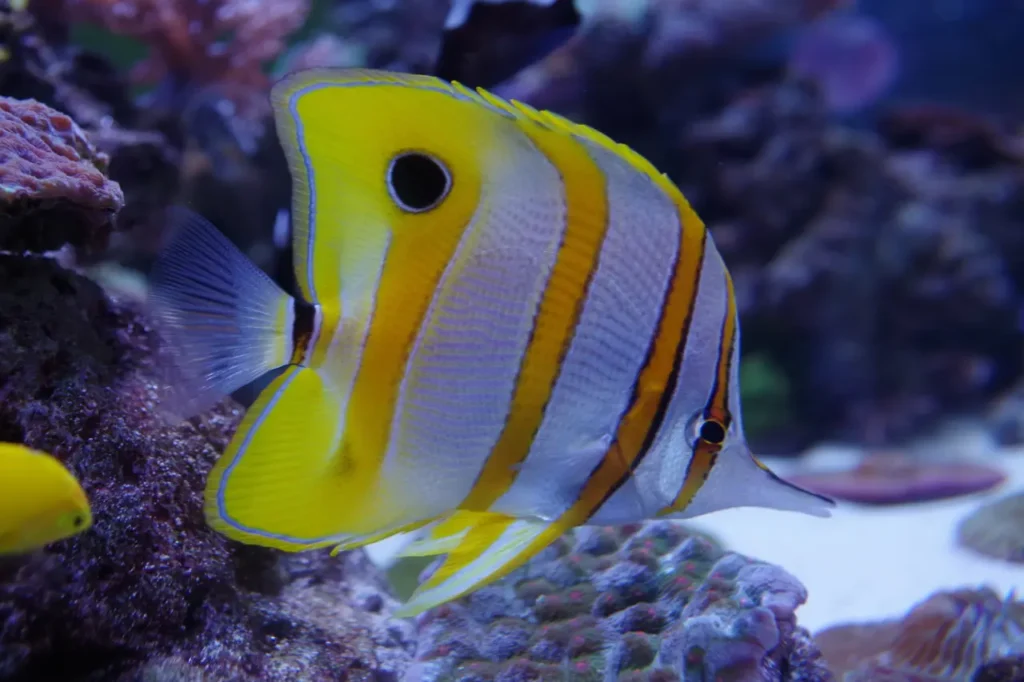
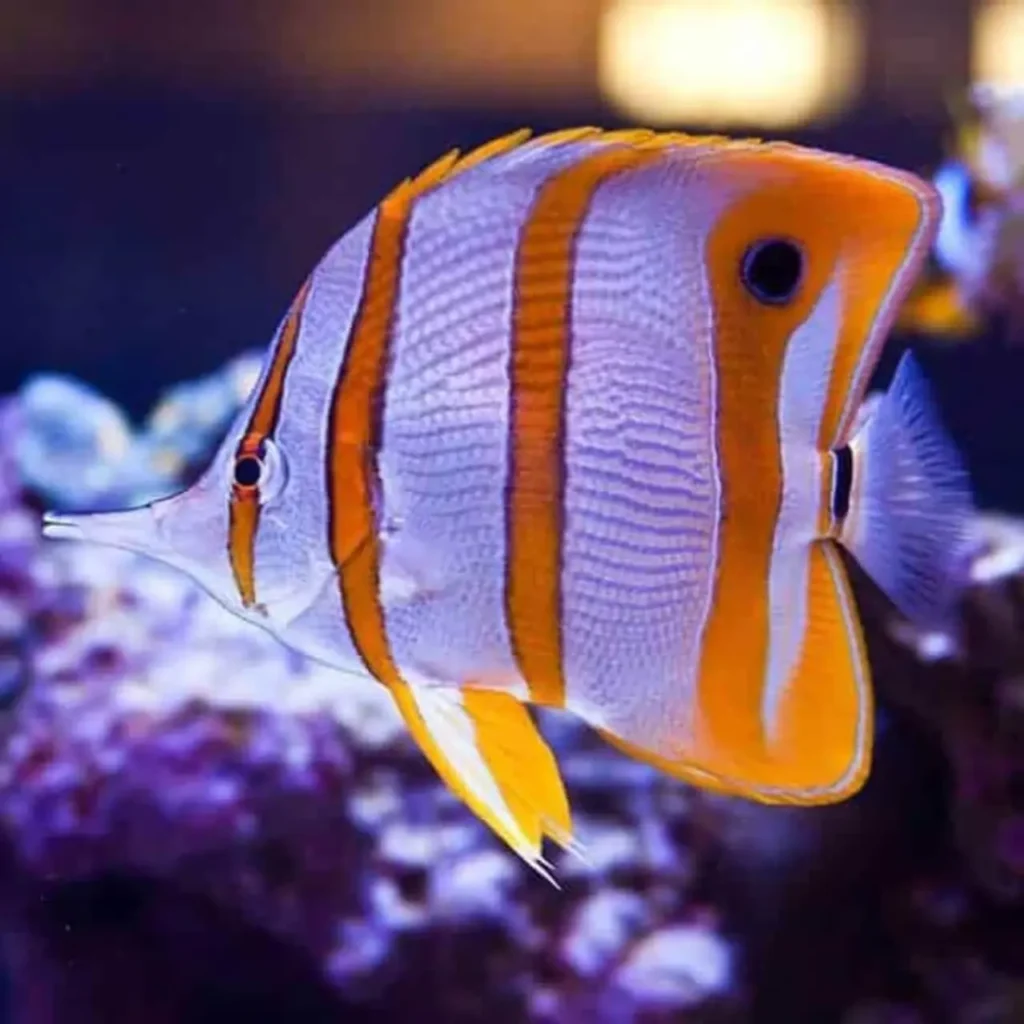
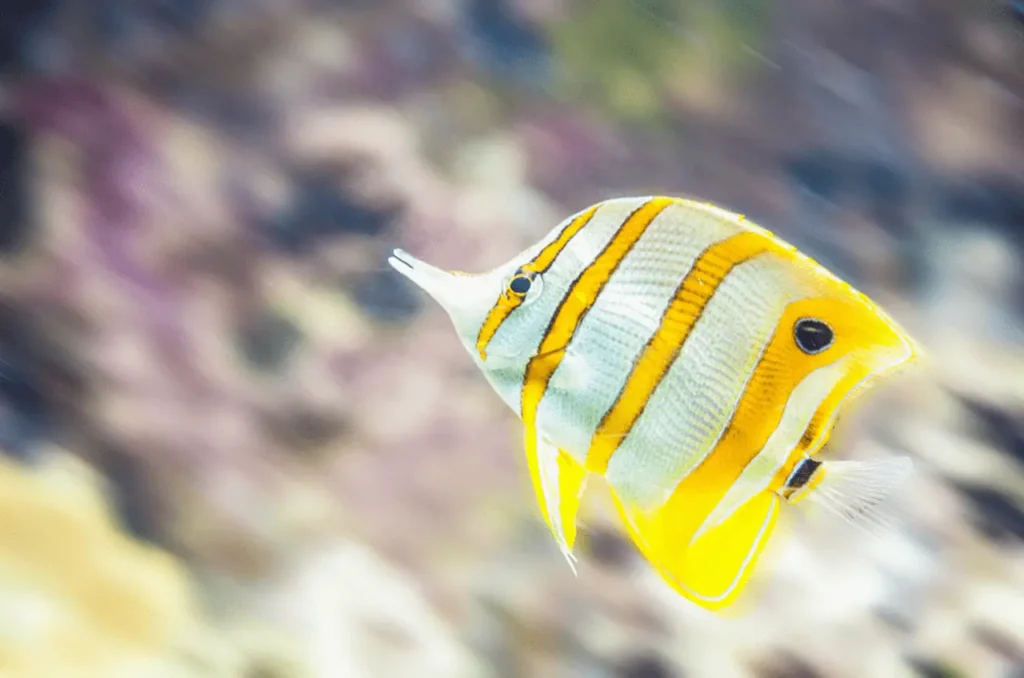
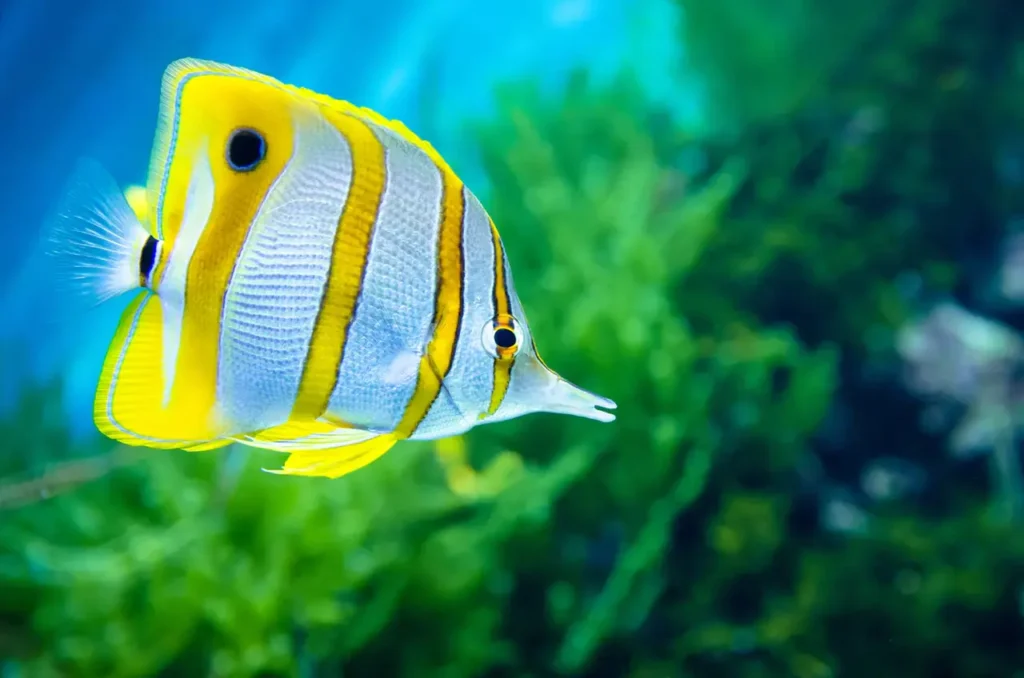
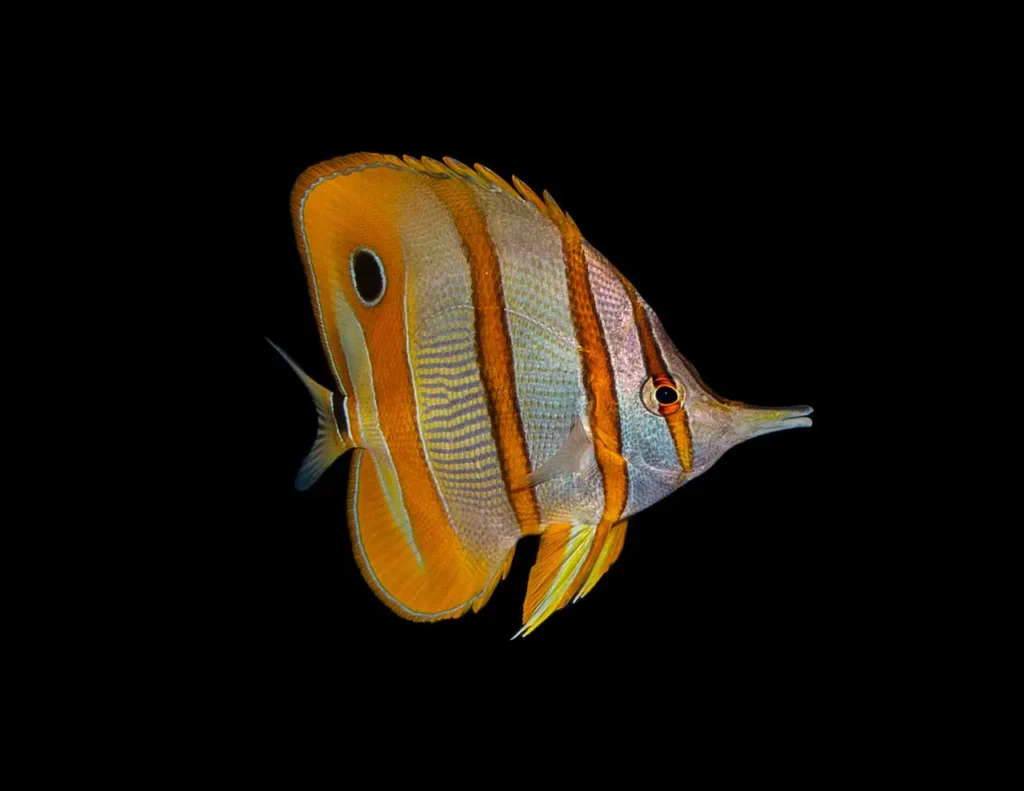
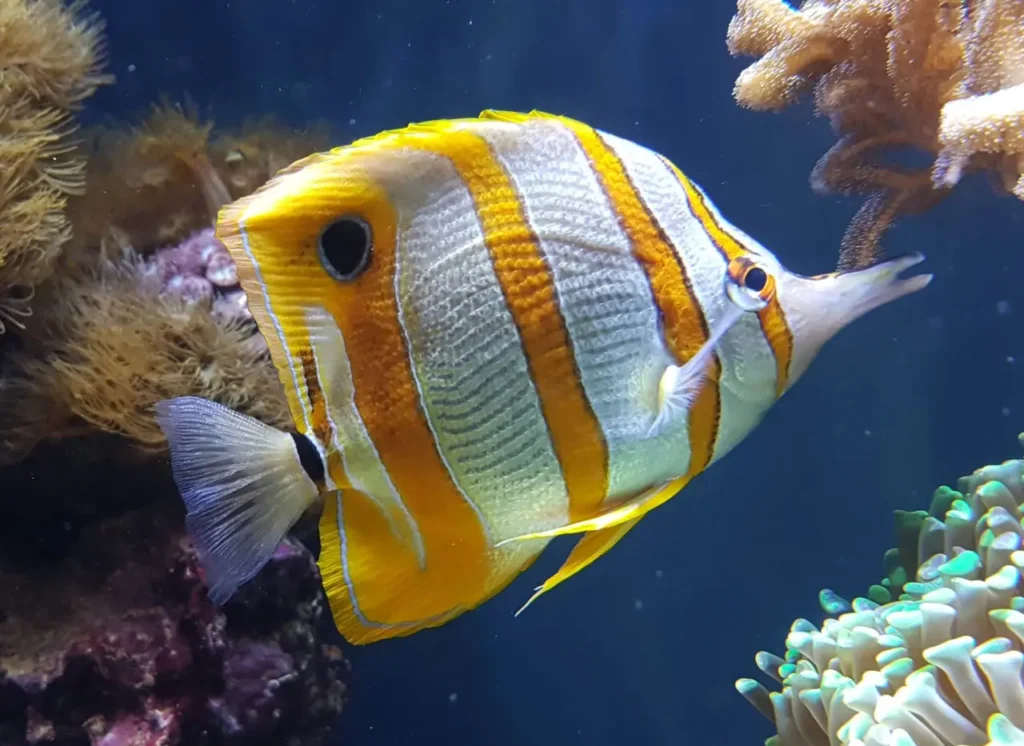
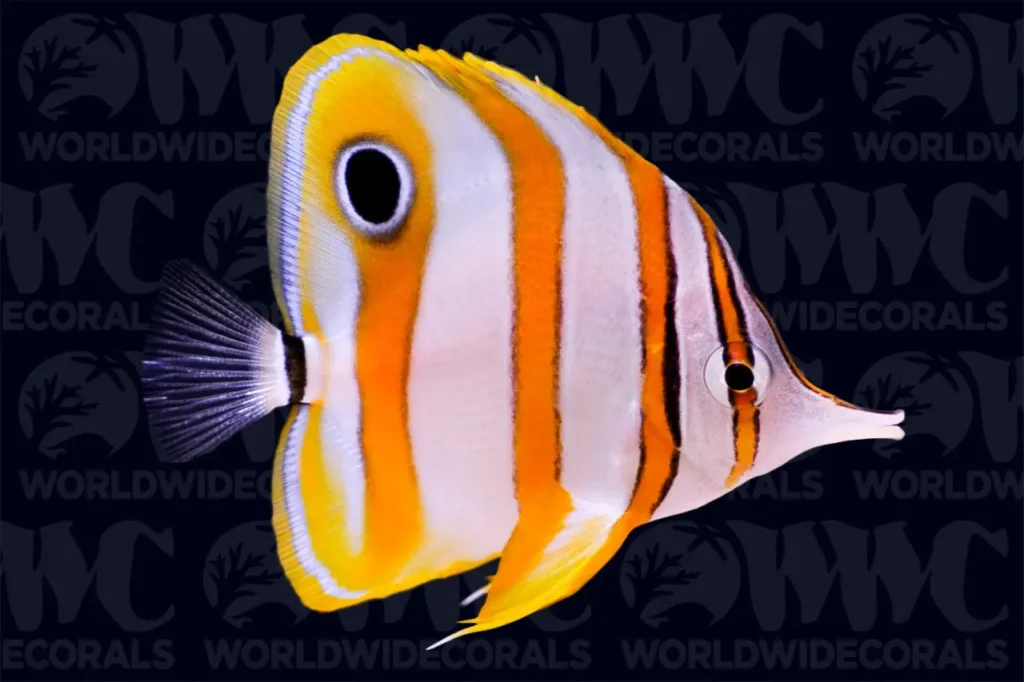
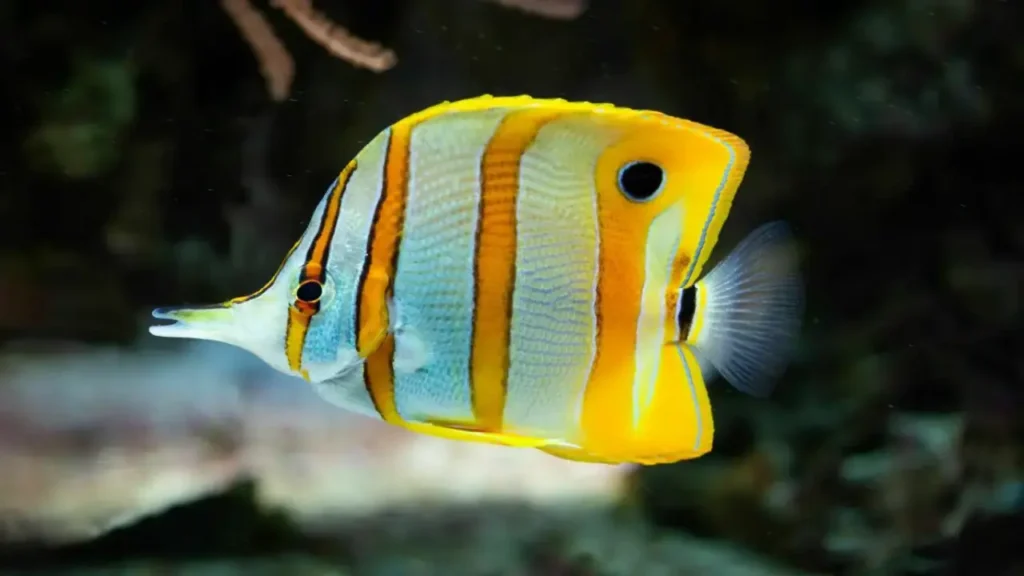
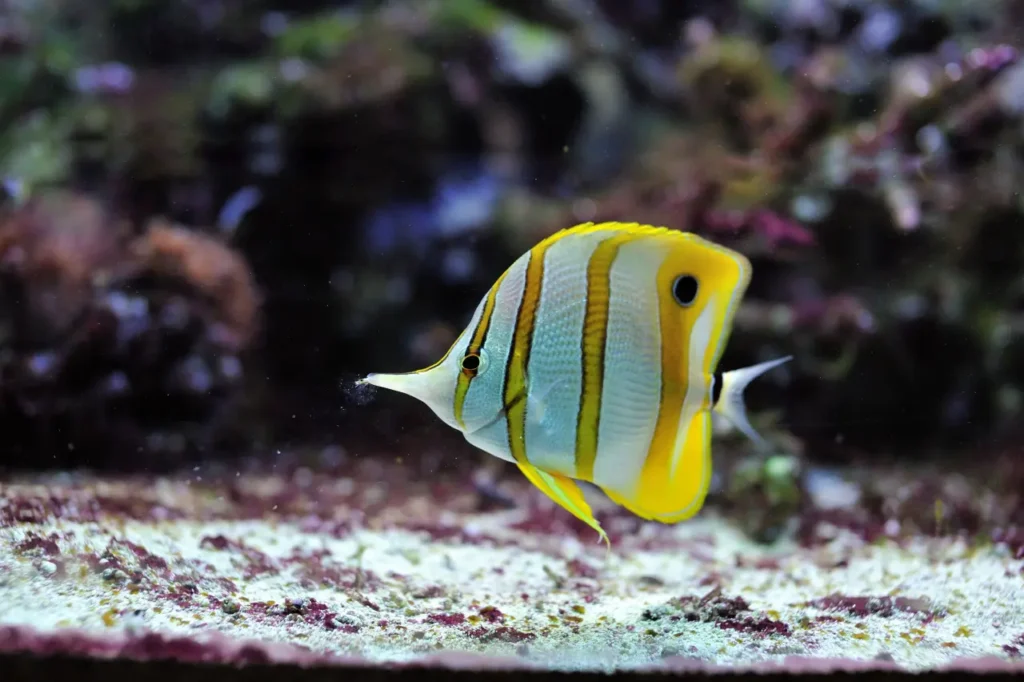
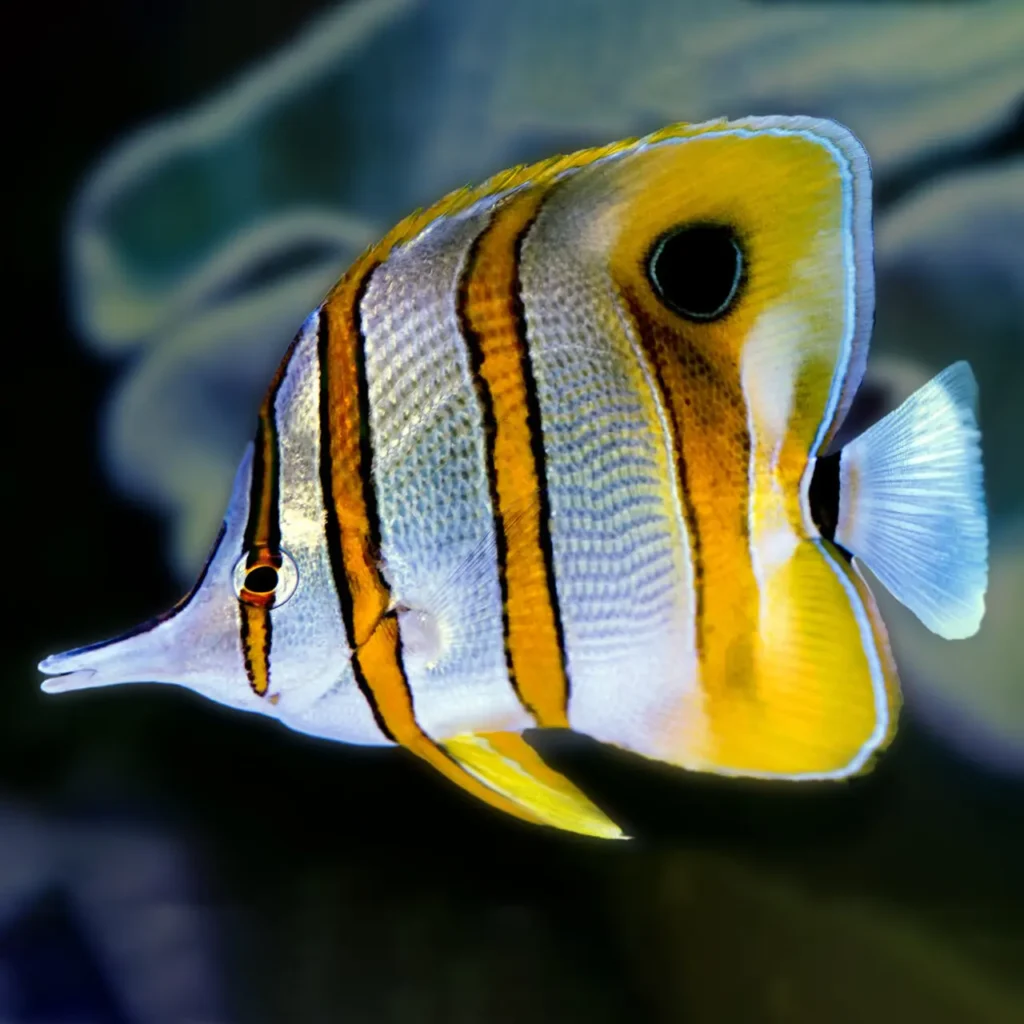
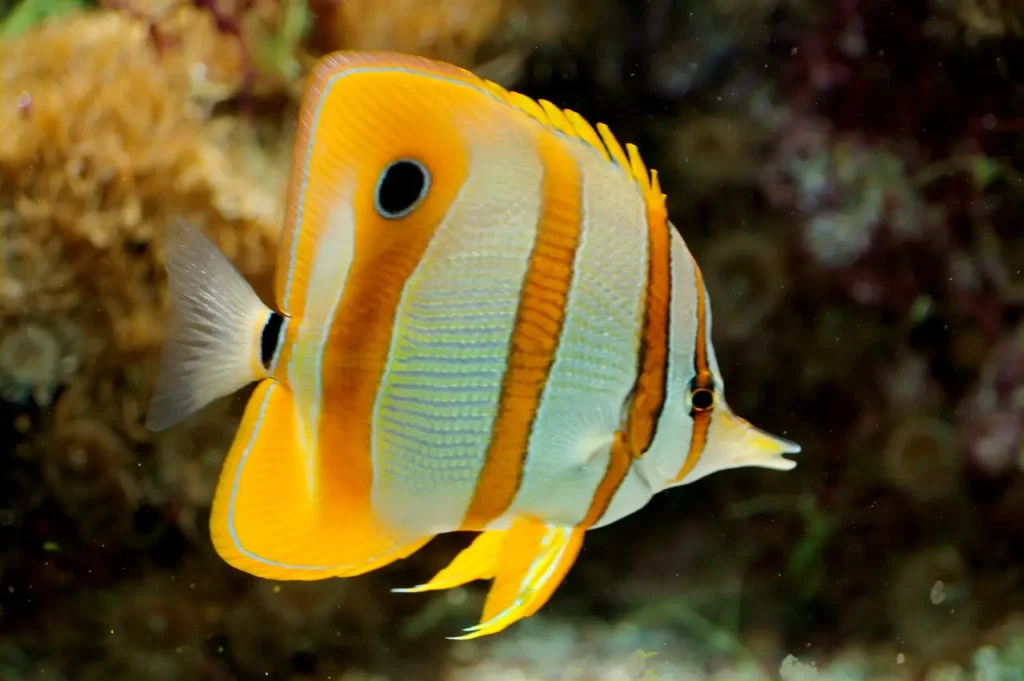
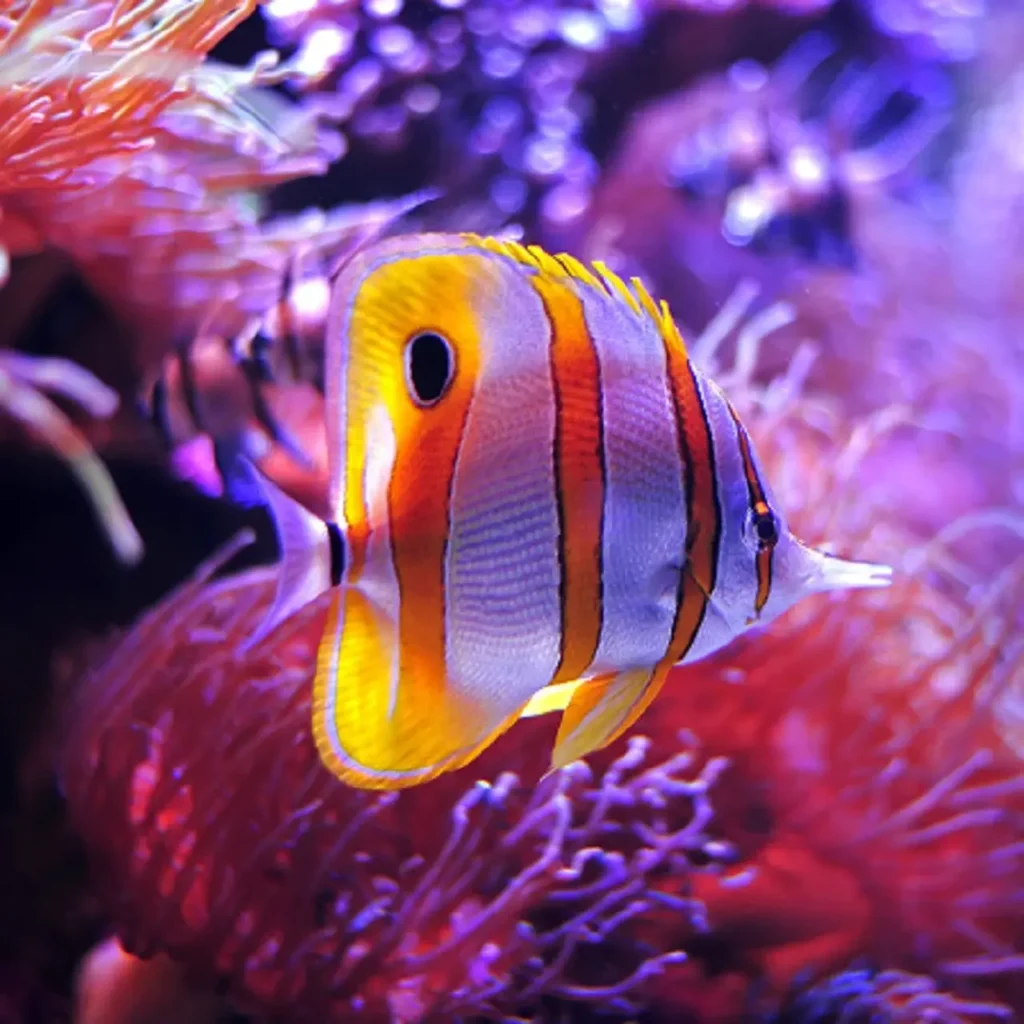
Appearance and Distinctive Features
The Copperband Butterflyfish is a small-sized fish that showcases a stunning combination of colors and patterns. Its elongated body is predominantly white, with vertical bands of alternating coppery orange and dark brown stripes. The fish’s dorsal and anal fins extend gracefully, giving it a distinct and elegant appearance. Its long, slender snout is perfectly adapted for foraging in crevices and extracting small prey.
Habitat and Distribution
Copperband Butterflyfish are primarily found in the warm waters of the Indo-Pacific region, including the Red Sea, the Maldives, and the Great Barrier Reef. They inhabit coral reefs, lagoons, and shallow coastal areas, where they seek shelter among branching corals, rock formations, and seagrass beds. These fish prefer areas with moderate water flow, as it helps dislodge their preferred food sources.
Feeding Habits
The Copperband Butterflyfish has a specialized diet that consists predominantly of small invertebrates, including crustaceans, worms, and coral polyps. They are particularly fond of consuming nuisance anemones, such as Aiptasia, making them valuable additions to reef aquariums. The butterflyfish’s slender snout and small mouth allow it to reach into tight spaces and extract prey with precision.
Behavior and Compatibility
Copperband Butterflyfish are known for their peaceful nature, making them popular choices for reef aquariums. They are generally tolerant of other fish species, although some individuals may exhibit territorial behavior. It is advisable to introduce the Copperband Butterflyfish into an established aquarium with plenty of hiding places and ample swimming space.
Reproduction and Life Cycle
The reproductive habits of Copperband Butterflyfish in the wild are not well-documented. However, like other butterflyfish species, they are believed to engage in monogamous pair bonding. Males and females perform courtship rituals, after which the female releases eggs into the water column for fertilization. The eggs then develop into planktonic larvae, eventually settling onto the reef as juvenile fish.
Conservation and Threats
Copperband Butterflyfish populations face several threats, primarily habitat degradation and overfishing. Destruction of coral reefs due to climate change, pollution, and destructive fishing practices can have detrimental effects on their survival. Additionally, the popularity of these fish in the aquarium trade has led to increased collection, further impacting wild populations. Conservation efforts focused on sustainable reef management, habitat restoration, and responsible aquarium trade practices are vital to protect this species and its delicate ecosystem.
The Copperband Butterflyfish, with its vibrant colors and graceful movements, is a true jewel of the coral reef. Its presence adds beauty and intrigue to tropical waters, capturing the imagination of divers, snorkelers, and aquarium enthusiasts alike. By understanding the unique characteristics of the Copperband Butterflyfish and working towards the conservation of its fragile habitat, we can ensure that future generations have the opportunity to marvel at the elegance of this remarkable fish.
